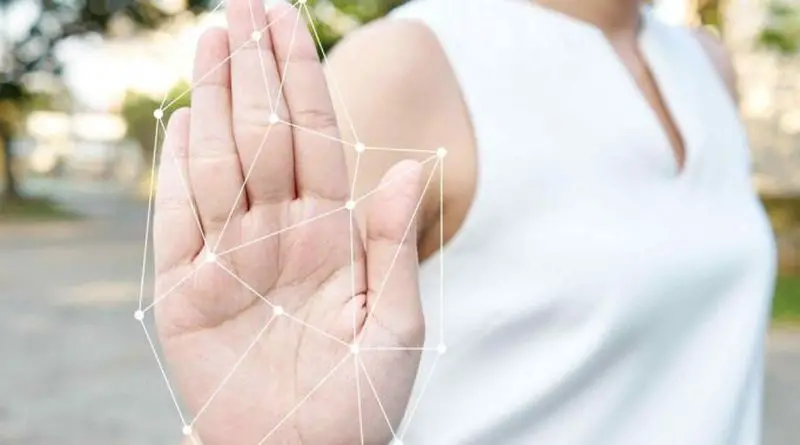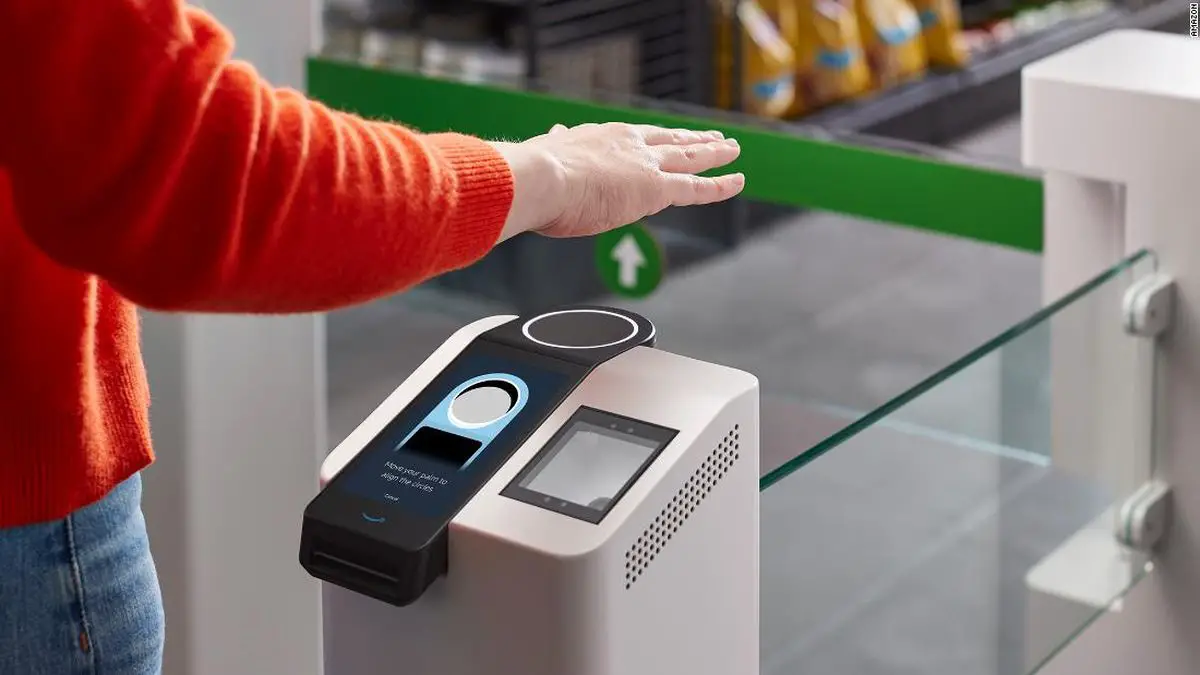In September 2020 Amazon had already announced a new system it was testing in its contactless payment supermarkets. The device connects the palm print to a stored credit card so that, by simply placing the hand over a sensor, we can buy anything.
Amazon One uses each individual’s “unique” palm, an alternative to other biometric identifiers such as fingerprint, iris, or facial recognition.
To do this, Amazon registers the user’s information in its database and assigns the user’s palm to his Amazon account. From then on, whenever the user wants to pay, the hand is scanned and Amazon will automatically identify the user to charge him/her directly from his/her Amazon account.
The company has installed the system in tests at the cash registers of a couple of Whole Foods and assures that it will not lead to staff layoffs. For now: before Whole Foods, the Internet giant has already installed Amazon One in its physical stores Amazon Go and Amazon Books in the city of Seattle, where it has its headquarters. Then it rolled it out to other pilot stores in other cities. None of these small stores have human cashiers.

Now, the test at Whole Foods superstores marks the kickoff for a nationwide and international expansion. Amazon is already spreading the tentacles of its physical stores around the world.
“No two palms are alike, so we analyzed all these aspects with our technology and selected the most distinctive identifiers on your palm to create your signature,” the company explained.
Amazon said the biometric data is “protected by multiple security controls and the palm images are never stored on the Amazon One device,” but are sent to a “highly secure area we built in the cloud.”





